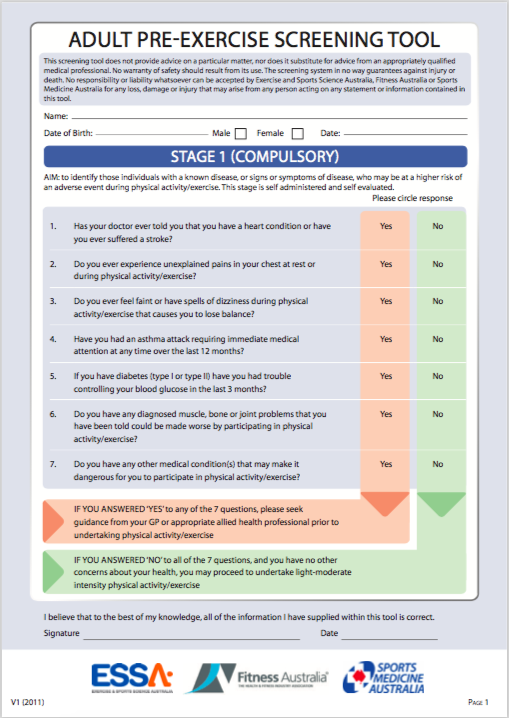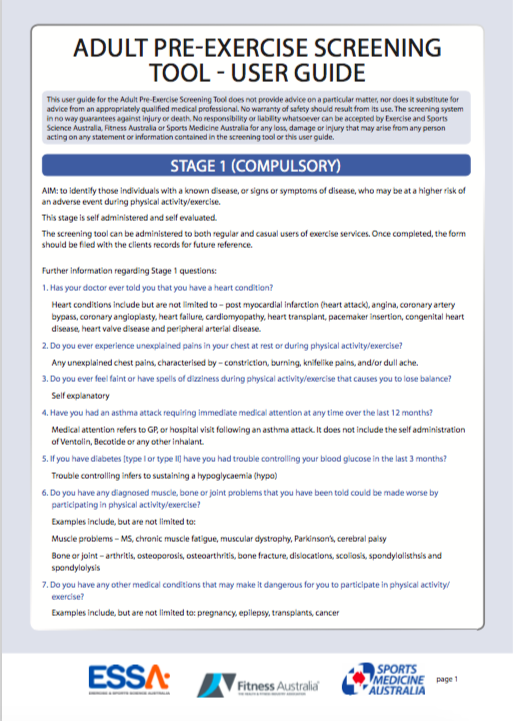“Health is valuable because it provides the energetic resources people need to live well. Without health, people lack the requisite energy to pursue their most meaningful goals and roles. In this perspective on health, health is not the end goal; instead, its function is to be the intermediary of the real driver of what matters most: vitality and energy.” (Segar, Guerin, Phillips & Fortier, 2016, p. 277)
Physical activity is any bodily movement produced by the skeletal muscles that results in a considerable increase over the energy expenditure at rest.
According to the WHO;
- Physical inactivity has the fourth leading risk factor for mortality globally.
- Globally, 1 in 4 adults is not active enough.
- More than 80% of the world’s adolescent population is insufficiently physically active.
In Australia, according to the Australian Government – Health Department,;
- 2.6% of the total disease burden in Australia was due to physical inactivity
- Nearly one in three Australian’s were not reaching the physical activity guidelines in 2014-2015.
- Physical inactivity is linked with diabetes, bowel and uterine cancer, dementia, breast cancer, coronary heart diseases and stroke.
The World Health Organisation recommendations for physical activity can be found here on this website.
Although regular physical activity has profound benefits, it is important that the incidence of complications is considered during exercise. Here is an adult pre-exercise screening tool from the Exercise & Sports Science Australia
Other things to consider:
- Ensure medical clearance/follow up
- Comorbidities
- Complete the “PAR-Q & You“
- Ensure appropriate equipment
- Avoid ‘too much, too soon’
- Previous injury/co-morbidities
- Provide education on the signs and symptoms of cardiovascular disease during exercise
- Promote a gradual increase in activity over time
- Encourage appropriate warm-up and cool-down
Signs and symptoms of exercise intolerance (Brody, 2011)
- Angina
- Unusual, or severe shortness of breath
- Abnormal diaphoresis
- Pallor, cyanosis, cold, and clammy skin
- CNS symptoms (vertigo, ataxia, gait problems or confusion)
- Leg cramps or intermittent claudication


